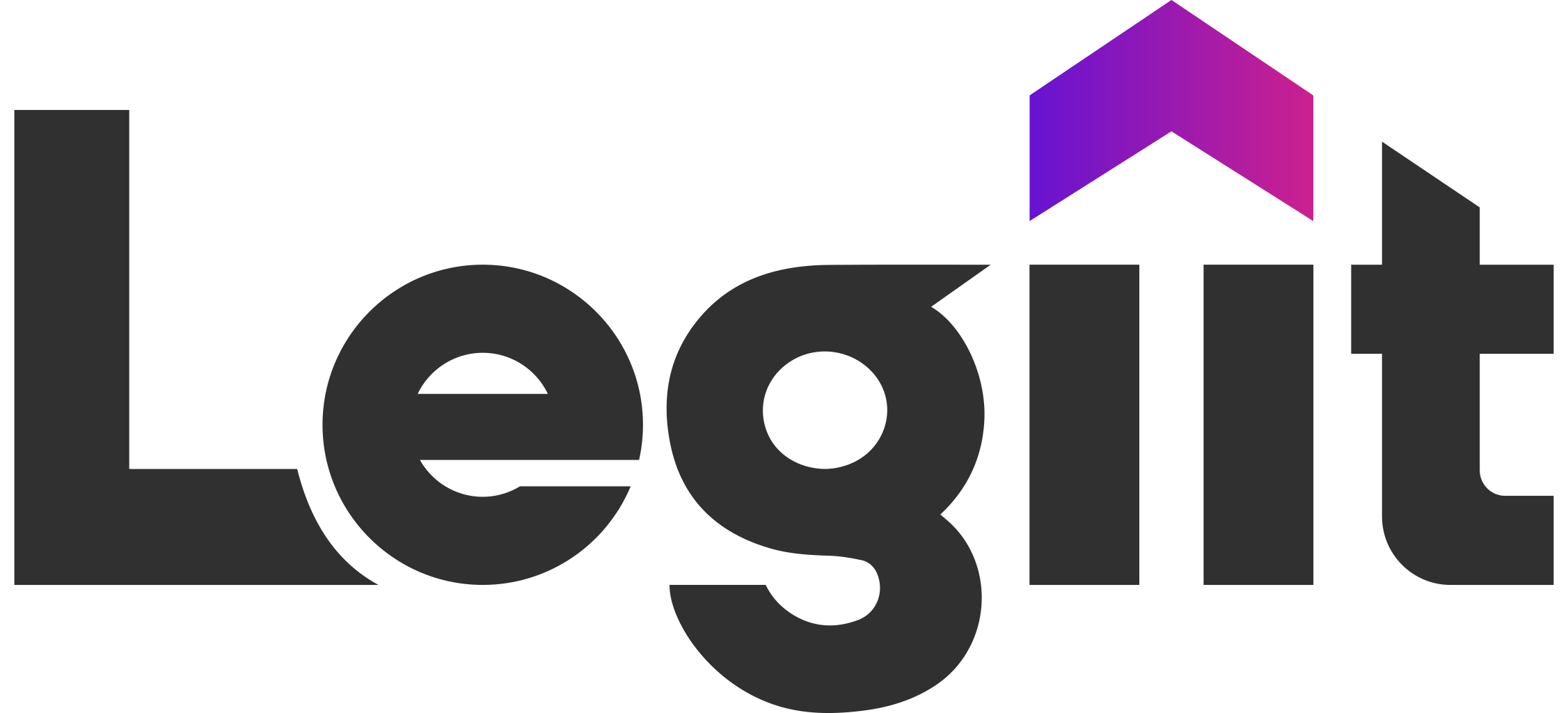Building a brand has always been the goal for most business owners. With branding strategies such as storytelling, we forget about the importance of a website and how it affects our brand.
A website is a face that reflects your brand and gives your potential clients more insight into your business.
A well-structured website allows visitors to interact with your website and keeps its content organized and easy to index by search engines.
But how do you create a well-structured website and what are some website structure optimization strategies you can use?
Let's find out.
What is a Website Structure?
A website structure is a website design with features that allow users to move from one page to the other, interact with its content, and know more about the website.
A site structure is the core of a website that allows it to function and perform well on search engines.
The ideal website that resonates with Google and improves a user's experience has the best of the following:
- Navigation
- Headers
- Title tags
- Images
- Content
A website structure does not only stand for the appearance of a website but also how pages relate to one another.
Website structure optimization is therefore the process of designing a website structure that resonates with search engines and at the same time offers a great experience for its users.
Before following any website structure tips ask yourself can a user move from your homepage to a blog page in one click or do they need to visit multiple pages to get to it?
If your answer is no, the next section is for you.
Website structure strategies for site health improvement
Top 3 website structure tips for site improvement
#1. Adopt internal linking
Internal linking is the addition of a link that leads to a related webpage on your website.
It can be done on a page, that is, you can add a link on the homepage that leads to another different page like a testimonial page or you can link a page that contains additional information on a certain topic.
The best way to practice internal linking is to use relevant keywords and descriptive anchor texts.
For example, If your keyword is ‘yellow fruits’, an anchor text such as “eating yellow organic fruits in summer”. This not only describes what content your link leads to but also contains your keyword.
Google uses crawlers known as bots to evaluate and index your website by following links on your web pages. These bots determine the value of your website by the type of content uploaded to it.
Although internal linking isn't as powerful as backlinking, it helps improve site health performance by allowing Google crawlers to navigate through your website.
If you want to take advantage of this, see internal linking experts here to help you add appropriate links to your website.
#2. Mobile friendly
A mobile-friendly website is a website that can display its content clearly on a mobile device.
It allows a user to navigate through it and even perform tasks such as making a purchase, contacting the website owner, and visiting other pages within a website via a mobile phone.
Creating a mobile-friendly website is among the top website structure optimization strategies with great returns.
It involves making:
- Readable font sizes.
- Clickable buttons
- Images fit a mobile screen without having to scroll back and forth.
A mobile-friendly website will encourage users to interact with your website, find what they're looking for, and even come back for more.
You will, in turn, gain favor from Google and rank higher on SERPs since Google prioritizes its users' experience not to mention high conversion rates.
Another advantage of having a mobile-friendly website is that it allows you to reach a wider audience of both mobile and desktop users.
#3. Make it crawlable for Search engines
Making a website crawlable for search engines means designing your website with the right codes, structure, and links.
Search engines such as Google crawl through your website indexing and evaluating its content by following the links on it to determine your website’s value. Crawling helps Google identify quality content for its users.
These spiders crawl through the headers, titles, images, links, and written content on a website. That is how it selects websites that will appear on the first page of results pages according to its niche.
When indexing is done, websites with the most organized structure, quality content, and good links are given priority on search engine results pages. Such websites are considered valuable and worthy to be seen by more users.
Creating a crawlable website structure gives you this advantage accompanied by other benefits such as high organic traffic and high conversion rates.
Website structure issues that affect site health improvement
What are some of the site structure issues that can affect your site health?
#1. Slow-loading site speed
A loading site speed is measured by the amount of time it takes to display a website's content on screen.
When a visitor comes to your website they do so with an urgency to either make a purchase or find certain information.
A slow-loading page causes frustrations and discourages users from spending time on your website. This act of leaving a website as soon as they visit causes what is known as a bounce rate. The higher the bounce rate, the lower the conversion rates and the lower the search engine ranking.
Site speed is affected by what you load on it, that is, images, pop-up ads, videos, and written content. Bulky content and images take longer to open therefore making the site page take longer to load.
Compress bulky images and videos, break your content into different pages, and avoid too many pop-up ads for site health improvement.
#2. Broken links
Links form a major part of growing your website. They help users learn more about your product, find other pages within your website, and even act as a free marketing strategy in the case of backlinks.
The problem comes in when they do not function properly. Once a link cannot be opened or the page leading to it is deleted, it becomes what we know as broken links.
Links are not only accessed by users but also by Google crawlers that assess web pages and determine their value.
Since broken links lead to dead ends, Google crawlers cannot evaluate and index the content on the pages linked to them. This causes a website to lose its ranking on search engine results pages.
However, having broken links on your website isn’t the end. You can find and fix them before it's too late.
Using website auditing tools, you can check for broken links on your website and use technical SEO experts and following methods to get rid of them.
I. Using redirects which will take a visitor from the broken link to a better one upon clicking.
Ii. Deleting the entire page and URL completely
Iii. Type the link correctly in the case of a misspelled link.
#3. Poor site structure
If you ever entered a restaurant when hungry and can’t find a table to sit at, a menu to pick from, or even anyone to take your order would you spend your time there or would you move to the next restaurant?
That's the case with a site structure. If a user visits your website but they can't navigate through it without:
- Interruption from pop-up ads
- Clicking on an unintended page because of the wrong button size
- Huge images blocking the view
They are likely to leave prematurely affecting the performance of your website and all SEO efforts put into it by increasing its bounce rate.
Designing a site structure that clearly shows where all website content can be found, helps improve site health performance, enhances users' experience, and allows Google to crawl easily and index your website.
Importance of a website structure on site health improvement
Benefits of website structure tips on your website
#1. Increases crawlability
Google uses bots to review and understand the type of content displayed on your website.
These bots crawl through your web pages by clicking on each link, collecting the metadata, and evaluating the relevance of the materials on it.
This evaluation is done to determine whether or not your website is worth ranking top on SERPs.
A well-designed structure with organized features allows these bots to easily crawl through your website.
#2. Improves search engine ranking
Apart from site health improvement, a well-performing website with a great SEO strategy increases its search engine ranking on SERPs which allows more users to see and interact with it.
Search engines such as Google prioritize websites that offer value, follow its guidelines, and match their algorithm.
This all goes down to website structure meaning creating content that answers readers' questions, comprehensively organizing your web pages, and following their regulations.
Google then boosts its ranking on results pages to allow more visitors to interact with such a website.
#3. Enhances user experience
The whole purpose of creating a website is to interact with people and offer them value. That's the same with Google. Its top priority is to satisfy its customers' needs and make them come back for more.
When a user searches something on Google they expect to find it because Google has branded itself as the best search engine with answers to almost every question.
A website that is easy to navigate through different gadgets and contains all the necessary features at sight improves a user's experience and encourages them to spend more time on it.
So make your website mobile-friendly, create a navigable structure, and provide quality content for your audience.
Final Thoughts
All these website structure tips and website structure optimization strategies are useless if you do not value your website. Valuing your website means giving it the care it deserves.
As the face of your business online, your website reflects your brand and tells your story. If it is disorganized and all over the place, no one will trust you with their time or money.
Invest in your website as much as you would any other business and watch it work in your favor.















 Download
Download